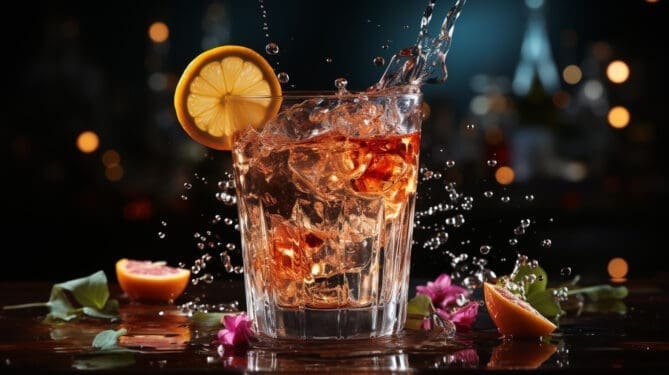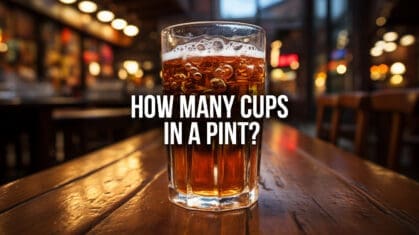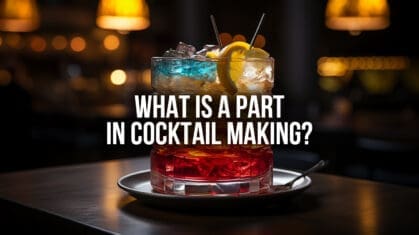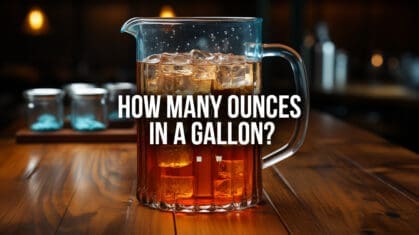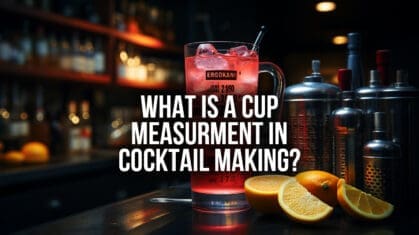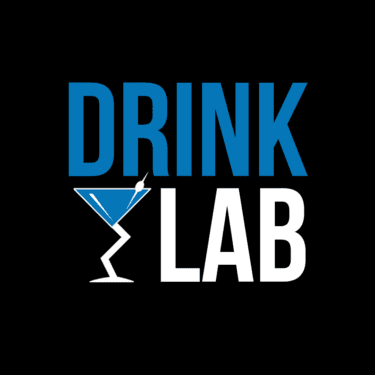The Dash and Splash
Unveiling the Mystery of Informal Cocktail Measurements
Hello, cocktail enthusiasts and mixology mavens! 🍸 If you’ve ever found yourself stumped by the terms “dash” and “splash” in cocktail recipes, you’re in the right place. These two little words can be game-changers in the world of mixology, but they’re often misunderstood or used interchangeably. Let’s break down what they really mean and how to use them effectively in your cocktail crafting.
What Is a Dash in a Cocktail?
A “dash” is an informal unit of measurement often used for ingredients that have a strong flavor, like bitters. A dash is roughly about 1/6 oz or around 5 ml.
How Many Bitters Are in a Dash?
In the context of bitters, a dash usually equates to a single shake of a standard bitters bottle.
How Many Shakes Is a Dash?
Typically, one shake of your bitters bottle will give you one dash. However, the actual volume can vary based on the design of the bottle’s dasher top.
What Counts as a Dash?
A dash is generally considered to be a quick, single shake or pour of an ingredient. It’s not an exact measurement, but it’s usually close to 1/6 oz or 5 ml.
How Much Is One Dash?
In terms of volume, a dash is approximately 1/6 oz or about 5 ml. It’s enough to add a hint of flavor without overpowering the drink.
What Does a Splash Mean When Mixing Drinks?
A “splash” is another informal measurement, but it’s a bit larger than a dash. When a recipe calls for a splash, it generally means around 1/3 oz or about 10 ml.
What Quantity Is a Splash?
A splash is generally about 1/3 oz or roughly 10 ml. It’s more than a dash but less than what you’d measure with a jigger or tablespoon.
How Much Is a Splash in a Cocktail?
In a cocktail context, a splash is enough to noticeably influence the drink’s flavor and texture but not so much that it dominates the cocktail.
How Much Is a Splash in Tablespoon?
A splash is generally less than a tablespoon. One tablespoon is about 15 ml, so a splash would be roughly two-thirds of a tablespoon.
What Makes a Splash?
A splash is made by freely pouring an ingredient into your mixing glass or shaker. It’s less precise than a dash and can vary depending on the pourer’s hand.
What Is a Small Splash?
A small splash would be a quick, restrained pour, likely falling under the general 10 ml range. It’s enough to add a subtle influence to your drink.
What Are the Different Types of Splashes?
In casual language, you might hear terms like “tiny splash,” “small splash,” or “generous splash,” but these are subjective and not standard measurements. The quantity can vary depending on the bartender’s interpretation.
What Is the Difference Between a Splash and a Dash?
In the simplest terms, a splash is bigger than a dash. A dash is more appropriate for potent ingredients like bitters, while a splash is often used for lighter ingredients like juices or soda.
Is a Dash a Tablespoon?
No, a dash is not a tablespoon. A dash is much smaller, around 1/6 oz or 5 ml, while a tablespoon is about 15 ml.
How Many ml Is a Dash?
A dash is approximately 5 ml.
How Many ml Is a Dash in a Cocktail?
In a cocktail context, a dash usually remains the same at about 5 ml. It’s enough to add a subtle nuance to your drink.
So, whether you’re dashing in some aromatic bitters or splashing in some sparkling soda, these small but mighty terms can make all the difference in your cocktail creations.
Have you ever experimented with dashes and splashes in your own cocktail recipes? What’s your favorite dash or splash ingredient?
Splash and Dash Conversion Guide
Here’s a quick guide to help you understand the difference between a dash and a splash:
| Measurement | Volume in Ounces (oz) | Volume in Milliliters (ml) | Equivalent in Tablespoons (tbsp) | Commonly Used For |
|---|---|---|---|---|
| Dash | Approx. 1/6 oz | Approx. 5 ml | Approx. 1/3 tbsp | Bitters, Salt, Spices |
| Splash | Approx. 1/3 oz | Approx. 10 ml | Approx. 2/3 tbsp | Juices, Soda, Syrups |
Key Takeaways:
- A dash is smaller than a splash.
- Dashes are commonly used for strong ingredients like bitters.
- Splashes are often used for lighter, more voluminous ingredients like juices or soda.
Feel free to print this out or save it on your phone for quick access while mixing your next cocktail masterpiece. 🍹 Cheers! 🥳
Other measurements you might find helpful
Teaspoon (tsp) and Tablespoon (tbsp)
- Teaspoon (tsp): Often used for ingredients like sugar, syrups, or bitters. 1 teaspoon is approximately 5 ml.
- Tablespoon (tbsp): Sometimes used for juices or syrups. 1 tablespoon is around 15 ml, equivalent to a half shot.
Dash and Splash
- Dash: This is an informal measurement, often used for bitters. A dash is roughly 1/6 oz or about 5 ml.
- Splash: This is also an informal measurement that’s a bit more than a dash, generally around 1/3 oz or about 10 ml.
Jigger
- Jigger: A jigger is a bartending tool used to measure spirits, and it often has two sides. The standard jigger measures 1.5 oz (45 ml) on one side and 1 oz (30 ml) on the other.
Pint and Quart
- Pint: Rarely used in cocktails, but useful to know. A pint is 16 oz (about 475 ml).
- Quart: Also rarely used in cocktails. A quart is 32 oz (about 950 ml).
Parts
- Parts: Some recipes don’t specify exact measurements but say things like “1 part this, 2 parts that.” This lets you easily scale your cocktail. A “part” could be an ounce, a cup, a liter—whatever you choose!
Cup (C)
- Cup: Mostly used for larger cocktail batches or punches. 1 cup is 8 oz (about 240 ml).
Oz & ml
- Oz: Ounces, abbreviated as “oz,” are more commonly used in countries like the United States.
- ml: Milliliters, or “ml,” are part of the metric system, a measurement system used worldwide. When it comes to cocktails, many classic European recipes use milliliters.
Armed with this knowledge, you’ll be able to master any cocktail recipe from around the globe. 🌍
So, which of these measurements do you often find yourself using? Ever tried scaling a single cocktail recipe to a big party punch? 🍹🎉


